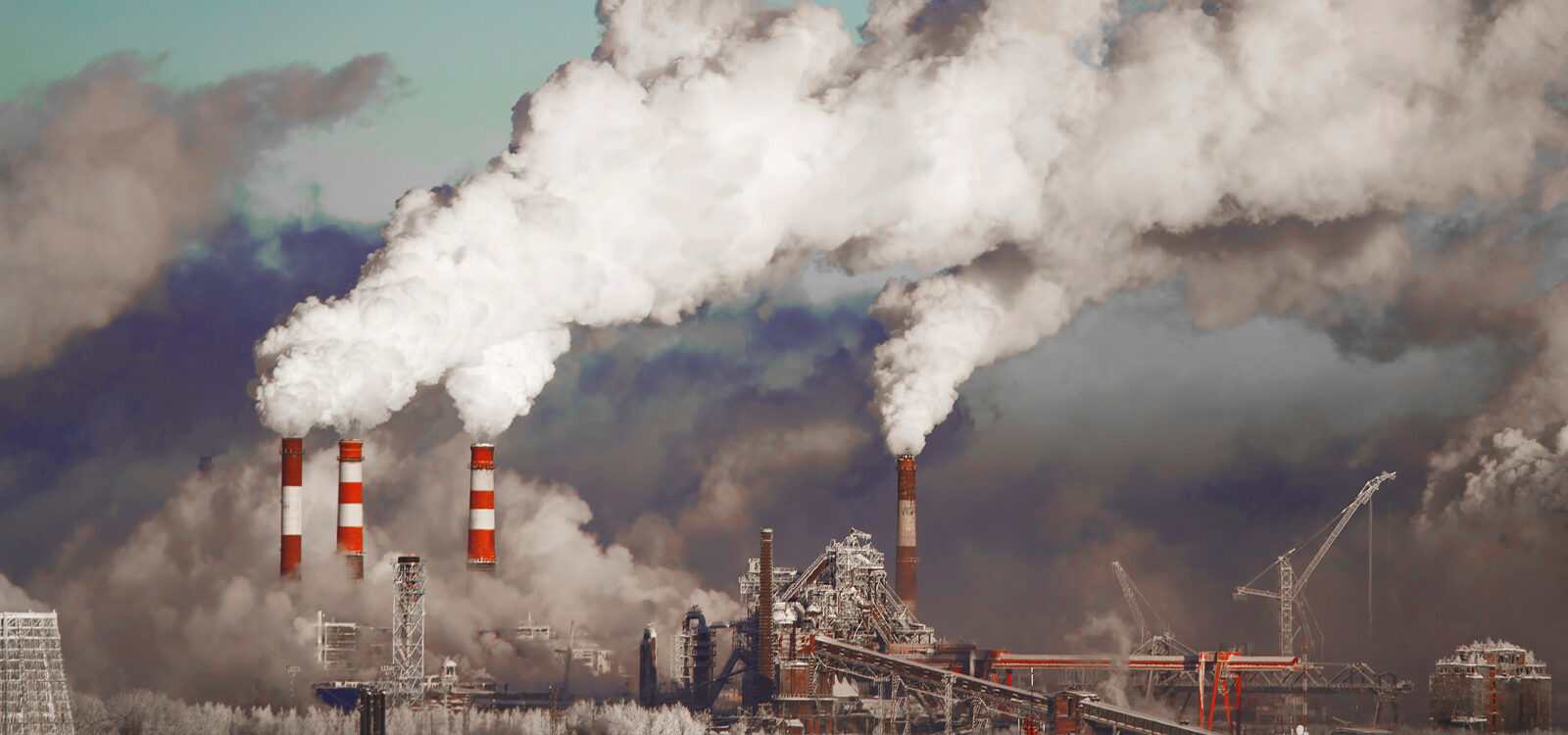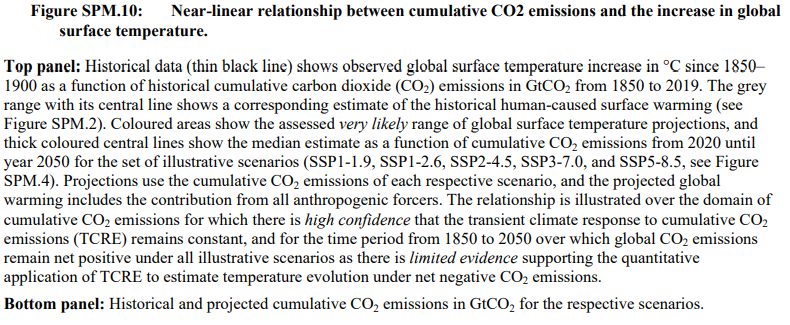
IPCC AR6: Hotter, wetter, faster, stronger
The Actuaries Institute’s Climate Risk Working Group summarise the main outcomes of the International Panel on Climate Change (IPCC) Assessment Report 6, and look into the aspects most relevant for actuaries.
The International Panel on Climate Change (IPCC) was created to provide policymakers with regular scientific assessments on climate change, its implications and potential future risks, as well as to put forward adaptation and mitigation options. Through its assessments, the IPCC determines the state of knowledge on climate change. It identifies where there is agreement in the scientific community on topics related to climate change, and where further research is needed. The reports are drafted and reviewed in several stages, thus guaranteeing objectivity and transparency.
The latest report, IPCC Assessment Report 6 is the most up-to-date physical understanding of the climate system and climate change, bringing together the latest advances in climate science, and combining multiple lines of evidence from paleoclimate, observations, process understanding, and global and regional climate simulations.
IPCC AR6 – Code red for humanity
IPCC AR6 has been dubbed ‘code red for humanity’. It warns of a future of increasingly extreme heatwaves, droughts, fires and flooding. But it also shows how the worst impacts can be avoided if the world acts fast to cut greenhouse gas emissions.
The report has been covered extensively, so in this article, after summarising the main outcomes, we look at some aspects that are particularly relevant for actuaries.
Main projection outcomes
Better observational climate data and models have led to improved understanding of human influence on the weather and climate extremes. Previous IPCC predictions of the impacts of climate change were too conservative. Global warming of 1.5°C above pre-industrial levels is now almost certain by 2050. The current and future impacts of 1.5°C (the scenario with the least warming) include:
- More frequent hot extremes will increase the severity of heatwaves (very high confidence)
- Heavy precipitation and associated flooding events are projected to become more intense and frequent (medium to high confidence depending on region)
- An increase in the probability of compound events – such as concurrent heatwaves, droughts and/or fire weather – in many regions (high confidence)
At 2°C global warming and above, the level of confidence in and the magnitude of these impacts increases compared to those at 1.5°C.
There is some good news in AR6. Future impacts will be shaped by how hard and fast we can cut global emissions (and large cuts are possible with existing technologies). AR6 uses a set of five illustrative scenarios of future emissions from 2020 to 2050, showing the amount of warming expected along alternative scenarios. These are summarised in Figure 1. The actual impacts experienced in the future will depend on future cumulative emissions.
Figure 1: Illustrative scenarios of future emissions from 2020 to 2050


The previous IPCC Special Report (SR1.5) published in 2018 and the AR5 published in 2014 showed that it was necessary for us to achieve net zero emissions by 2050 to achieve the Paris Agreement objective of limiting global warming to well below 2°C. Limiting global warming to 1.5°C would require “rapid and far-reaching” transitions in land, energy, industry, buildings, transport, and cities. So governments and organisations have been setting targets to achieve net-zero greenhouse gas emissions by 2050 (or earlier).
Previous IPCC predictions of the impacts of climate change were too conservative. Global warming of 1.5°C above pre-industrial levels is now almost certain by 2050.
Figure 1 above showed that global warming now is expected to hit 1.5°C “in the early 2030s” in almost all emission scenarios, 10 years earlier than the midpoint of the likely range assessed in the SR1.5. Figure 2 below shows that temperatures have been rising faster than in previous IPCC assessment cycles.
Figure 2: IPCC projection of temperatures in AR5 and AR6
|
Source: https://www.carbonbrief.org/in-depth-qa-the-ipccs-sixth-assessment-report-on-climate-science |
Improved knowledge of climate processes and evidence, AR6 gives a best estimate of equilibrium climate sensitivity of 3°C with a narrower range compared to AR5. Figure 3 below shows the changes in estimates of ECS over time.
Figure 3: Estimates of ECS in all IPCC assessments
| Source: https://www.carbonbrief.org/in-depth-qa-the-ipccs-sixth-assessment-report-on-climate-science
|
ECS is the sensitivity of the Earth’s climate to increases in atmospheric CO2 concentration, which represents how much global temperatures will rise in response to human-caused CO2 emissions.
The Control Cycle – review of climate projections
The cycle of test-and-learn – make projections, monitor the results, review the model, assumptions and results, and then start the cycle again – should be familiar to all actuaries as we often call it ‘the control cycle’.
With every update comes new estimates by improved methodologies, updated evidence, and integration of results from multiple lines of evidence. For example, previous IPCC assessments observed warming of the climate system in AR4 and then investigated human influence on the climate system in AR5. AR6 now confirms there is strong evidence of the attribution of human influence on the observed changes in extreme weather events such as heatwaves, heavy precipitation, droughts, and tropical cyclones.
AR6 illustrated the urgency of rapid emissions reduction, even more so than the predecessor SP1.5 and AR5. The actual impacts experienced in the future will depend on future cumulative emissions. No doubt our actions, new evidences, and even new focus areas e.g. focus on extremes (more detail below) will feed into the next IPCC releases – and the control cycle begins again.
A new focus on extremes
Actuaries should welcome the newly added focus on extremes in AR6, which includes a specific chapter on weather extremes for the first time. Among the key conclusions, it notes that recently observed hot extreme events such as the Siberian heat wave in 2020 would have been ‘extremely unlikely’ to occur in the absence of the impact of humans on the climate system.
Significant scientific developments in attribution science, since the previous AR5 report has enabled scientists through use of enhanced models, to quantify with increased precision the impact of human activities on the intensity and likelihood of past extreme weather events as well as make more qualified predictions about future extreme events.
Projected changes in extreme (hot temperature extremes, extreme precipitation and agriculture and ecological droughts) are larger in frequency and intensity with every additional increment of global warming.
Hot temperature extremes are projected to increase in intensity through the 21st century, even if global warming is held to 1.5 degrees Celsius above preindustrial levels. At 1.5°C warming, the probability of a 1-in-50-year heat event increases 8.6 times (i.e. it is expected to occur every five years). In scenarios where the earth warms more than 1.5°C, the consequences are much more dire. At 2°C increase, the probability of a 1-in-50-year heat event increases 13.9 times and at 4°C, it increases to 39.2 times (expected to occur nearly every year), as depicted in Figure 4 below (panel on the right).
Figure 4: Projected changes in Hot temperature extremes over land


With higher levels of warming, the intensity of Heavy precipitation events and agricultural and ecological droughts are also expected to magnify. In comparison to a baseline, where there is no human influence, at 1.5°C warming levels the intensity of a 1-in-10 year precipitation event is expected to be 10.5% wetter and at 4°C of warming, the intensity of such an even increases 30.2%, as depicted in Figure 5 (panel on the left).
Figure 5: Projected changes in Heavy precipitation events and drought events


AR6 also considers compound extreme events (where two or more weather events occur together or in succession, leading to severe impacts) for the first time, such as concurrent heatwaves and droughts which are also projected to increase in frequency with every additional degree of warming.
IPCC AR6 – Key messages
This report warns of a future of increasingly extreme heatwaves, droughts, fires and flooding. But it also shows how the worst impacts can be avoided if the world acts fast to cut greenhouse gas emissions.
For further information, the report has an excellent summary for policymakers, which can be found here.
And many actuaries will be doing further work on how to use this comprehensive summary of the scientific evidence in our work in the altered climatic conditions that are already here, and are going to continue to get more extreme.
The Actuaries Institute has a Climate Risk Resource Centre which can be found here. It has more resources on the impacts of climate risk and what actuaries and other financial services professionals are doing about it.
CPD: Actuaries Institute Members can claim two CPD points for every hour of reading articles on Actuaries Digital.






